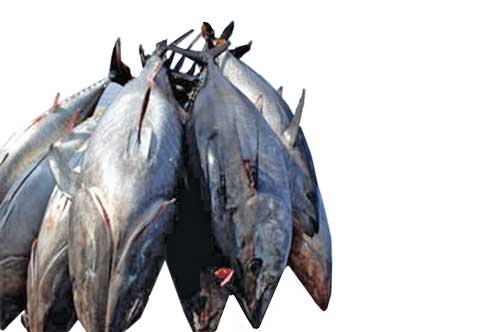State of Tuna Report 2015 – Special Feature
While researchers test promising technical solutions at sea, decisive action to end the overfishing of bigeye tuna in the Pacific is a must.
ONE of the most adaptable species of tuna – in what are the most abundant tuna fishing grounds in the world – is being steadily overfished and is now at a very low level of abundance. And the most worrying part? The overfishing situation will continue into the future unless the body charged with that stock’s management and protection takes decisive action.
The stock in question is, once again, bigeye in the Western and Central Pacific. And the reason this isn’t the first article pointing to the issue is because our organisation and most anyone who cares about the health of tuna stocks were talking about this one last year, too… and the year before that, and the year before that. Yet the relevant regional fisheries management organisation (RFMO), the Western and Central Pacific Fisheries Commission (WCPFC), has been unable to agree to measures that put an end to the overfishing of bigeye thus far.
As we ready for the WCPFC Science Committee meeting next week, we expect to confirm once more that the status of the bigeye stock in the Western and Central Pacific is not getting any better. In response, the International Seafood Sustainability Foundation (ISSF) is again issuing a strong appeal for swift action at the RFMO level.
But we’re not stopping there. ISSF is also leading at-sea experiments and research on working tuna fishing vessels aimed at identifying technical solutions to the challenge of overfishing of biegye. Much of this work involves fish aggregating devices or FADs. That’s because purse seine vessel catches, primarily on floating objects or FADs, tend to contain small bigeye.
…..to read more buy your personal copy at
